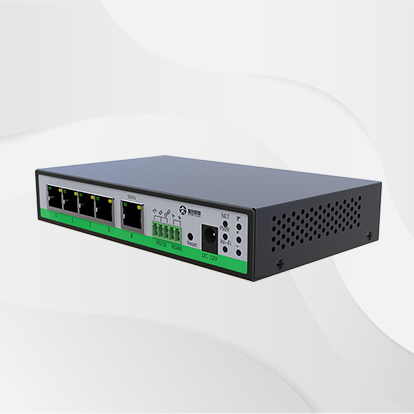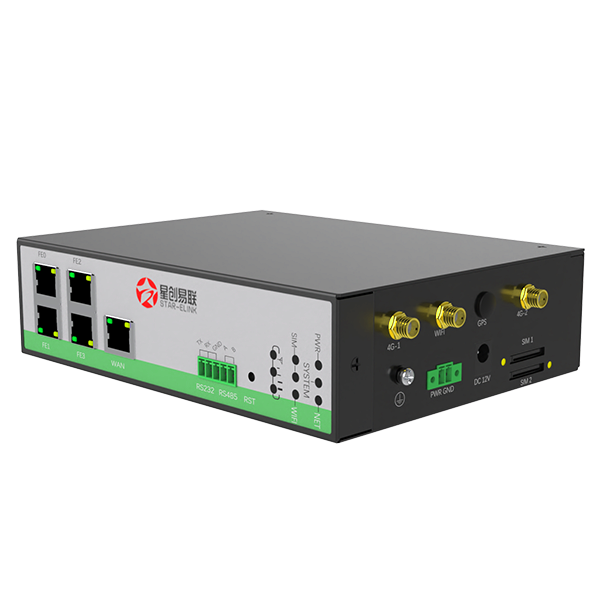SEARCH
— 葡萄酒 | 威士忌 | 白兰地 | 啤酒 —
— 葡萄酒 | 威士忌 | 白兰地 | 啤酒 —

The Best 4G Industrial Routers
In the ever-evolving landscape of industrial connectivity, the demand for reliable, high-performance 4G industrial routers continues to grow. As we approach 2024, it’s crucial to critically examine the options available in the market, separating marketing hype from genuine technological advancements. This article aims to provide an objective analysis of some of the best 4G industrial routers for 2024, based on technical specifications, real-world performance, and practical applications.
Before delving into specific models, it’s essential to understand why 4G industrial routers remain relevant in 2024, despite the ongoing rollout of 5G networks. 4G technology continues to offer a robust, widely available connectivity solution for industrial applications, particularly in areas where 5G infrastructure is still developing. The best 4G industrial routers of 2024 combine proven reliability with advanced features, ensuring seamless integration with both legacy systems and emerging IoT technologies.

The Importance of 4G Industrial Routers in 2024
When assessing the best 4G industrial routers for 2024, we must consider several critical factors:
With these criteria in mind, let’s examine some of the top contenders for the best 4G industrial router in 2024.

SR600 4 Port 4G Router
The SR600 stands out as a formidable option in the 4G industrial router market. This device boasts an impressive array of features that make it suitable for a wide range of industrial applications.
The SR600’s robust design and comprehensive connectivity options make it an excellent choice for demanding industrial environments. Its support for multiple VPN protocols, including IPsec, L2TP, PPTP, and OpenVPN, ensures secure data transmission across various network configurations.However, it’s important to note that while the SR600 offers 5G potential, it doesn’t provide native 5G support out of the box. This could be a limitation for industries requiring the ultra-low latency and high bandwidth of 5G networks in the near future.

SR700 Dual SIM 4G Router
The SR700 represents a step up in terms of processing power and memory, positioning itself as a high-end option for industries with more demanding data processing needs.
The SR700’s dual 4G modules provide enhanced reliability and the potential for load balancing, making it an ideal choice for applications where network downtime is not an option. Its increased memory and processing power also make it suitable for edge computing applications, a growing trend in industrial IoT.However, the SR700’s higher power consumption (250-310mA@12V DC) compared to some competitors might be a concern for deployments in remote locations with limited power resources.
For industries where space is at a premium, the SR830 offers a compelling solution without compromising on features.

SR830 MINI 5G Router: Transforming Smart Factories
The SR830’s support for 5G networks sets it apart from purely 4G options, offering a clear upgrade path for industries looking to future-proof their connectivity solutions. Its compact size makes it ideal for installation in tight spaces, such as within machinery or small control cabinets.However, the limited number of Ethernet ports may be a drawback for applications requiring multiple wired connections. Additionally, the lack of Wi-Fi support in the base model might necessitate additional equipment for wireless connectivity.
After examining these options, it’s clear that the “best” 4G industrial router for 2024 depends heavily on the specific requirements of the application. However, we can draw some general conclusions:
It’s crucial to note that while these devices claim impressive specifications, real-world performance can vary. Factors such as local network conditions, specific implementation details, and ongoing software support from manufacturers can significantly impact the effectiveness of these routers in practical applications.
As a critical thinker, I must emphasize the importance of thorough testing before deploying any industrial router in mission-critical applications. Manufacturers’ claims should be verified through rigorous real-world testing, including:
While these routers represent some of the best 4G options for 2024, it’s essential to consider the long-term viability of 4G technology in industrial applications. As 5G networks become more prevalent, industries should develop migration strategies that balance the current reliability of 4G with the future potential of 5G.The SR830’s 5G support, for instance, offers a pathway for gradual transition, allowing industries to leverage existing 4G infrastructure while preparing for 5G capabilities. However, it’s crucial to assess whether the additional cost of 5G-ready equipment is justified by current or near-future needs.
In conclusion, the best 4G industrial router for 2024 will depend on the specific requirements of each application. The SR600, SR700, SR830, and SG600 each offer unique advantages, catering to different industrial needs. The SR600 provides a solid all-around solution, the SR700 offers enhanced processing capabilities, the SR830 balances 5G readiness with compact design, and the SG600 excels in multifunctional smart city applications.However, as rational thinkers and industry professionals, we must approach these options with a critical eye. Marketing claims should be verified through independent testing, and the long-term viability of 4G technology in industrial settings should be carefully considered. By balancing immediate needs with future technological trends, industries can make informed decisions that ensure robust, efficient, and future-proof connectivity solutions.As we move further into 2024 and beyond, the landscape of industrial connectivity will undoubtedly continue to evolve. Staying informed about technological advancements, critically evaluating available options, and prioritizing real-world performance over marketing hype will be crucial for industries seeking to optimize their operations through reliable and efficient network connectivity.
This article delves into the evolving landscape of industrial networking, highlighting the shift from traditional wired networks to wireless solutions like Wi-Fi 6 and 5G. It discusses the challenges and benefits of implementing wireless technolog...
View detailsIn today's data-driven world, network reliability is paramount. A cellular router with LTE backup serves as your network's guardian, ensuring continuous connectivity when primary connections fail. Let's explore how Yeaplink's SR800-02 exemplifies ...
View detailsDTUs represent the fundamental unit of data transmission in modern network architectures.Each DTU contains a precisely structured header, payload, and error-checking mechanisms for data integrity.Our testing shows that optimized DTU configurations...
View detailsHey everyone! I'm James from Yeaplink's technical support team. Today, I'd like to share a recent conversation I had with a customer about serial communication and message packets. This discussion covers several key aspects that many engineers oft...
View detailsMo